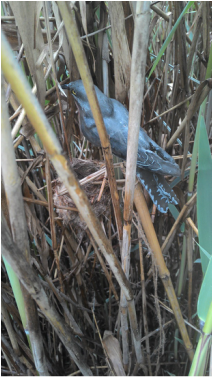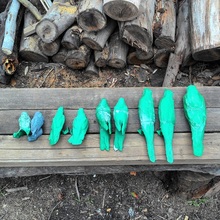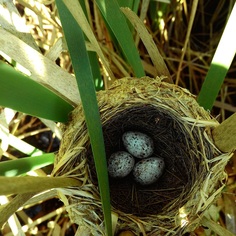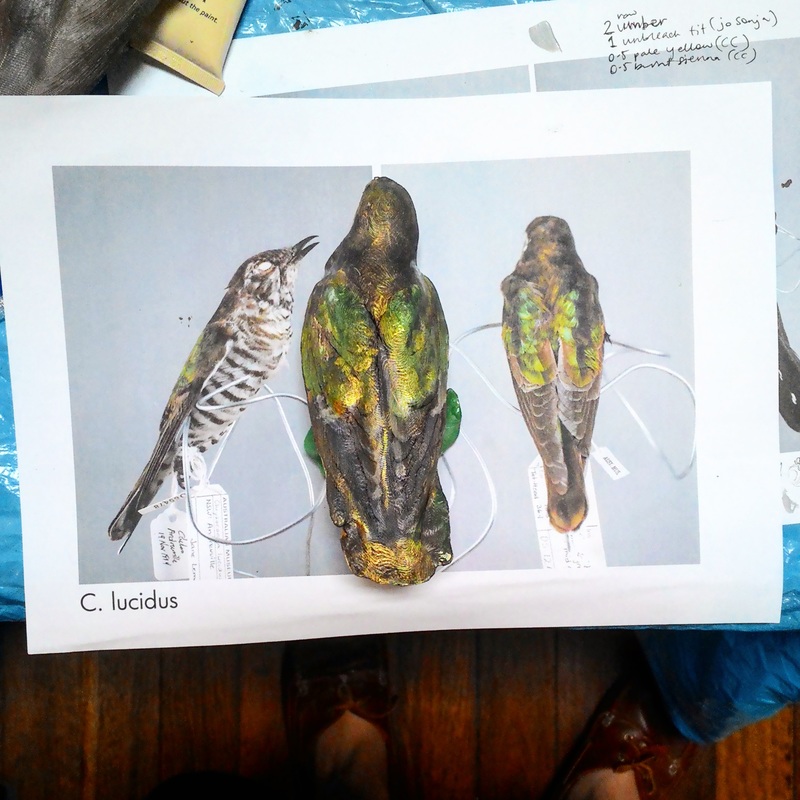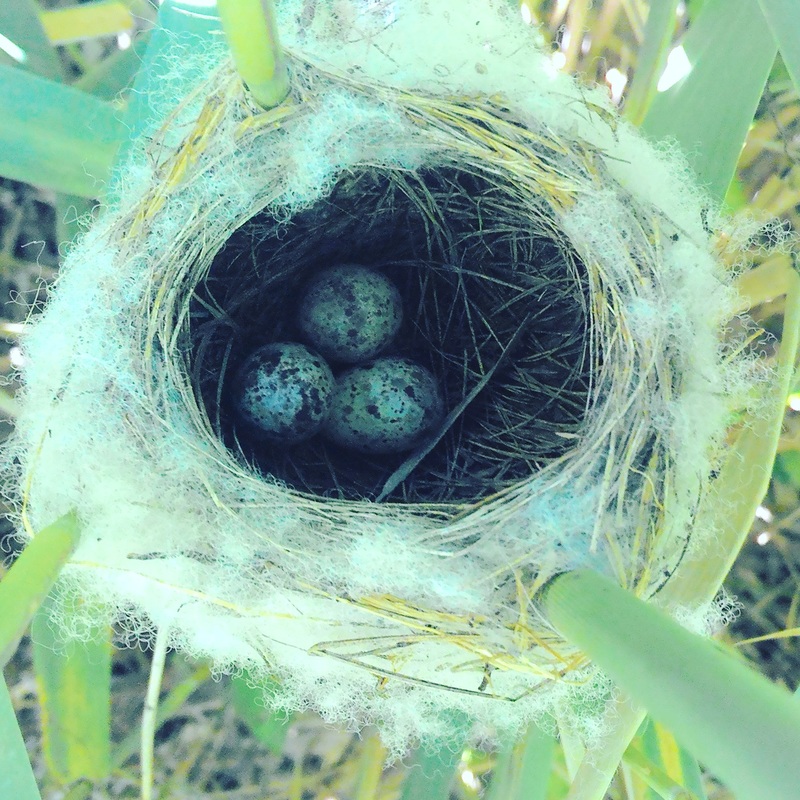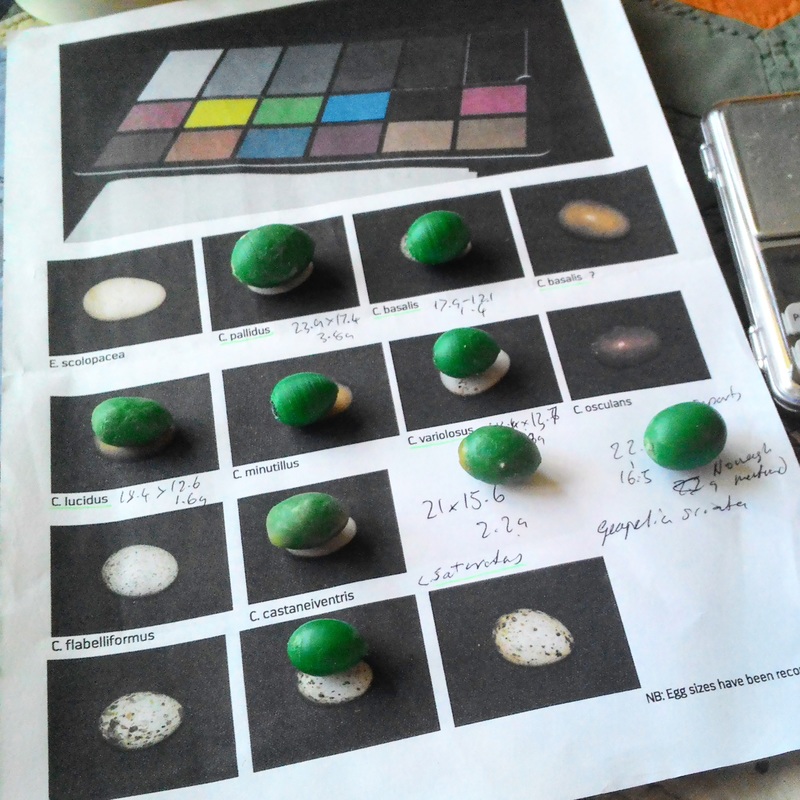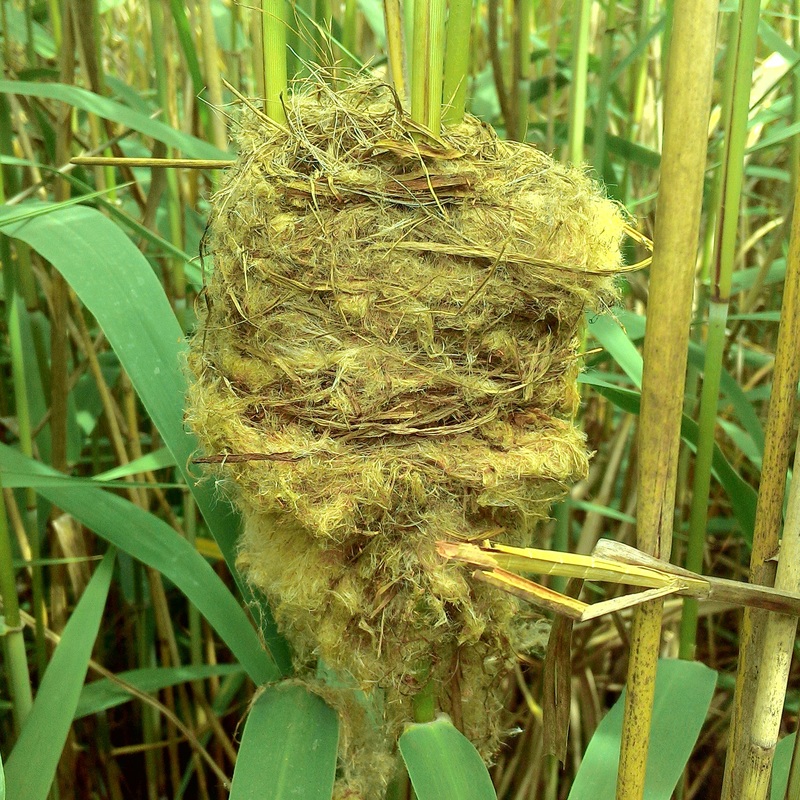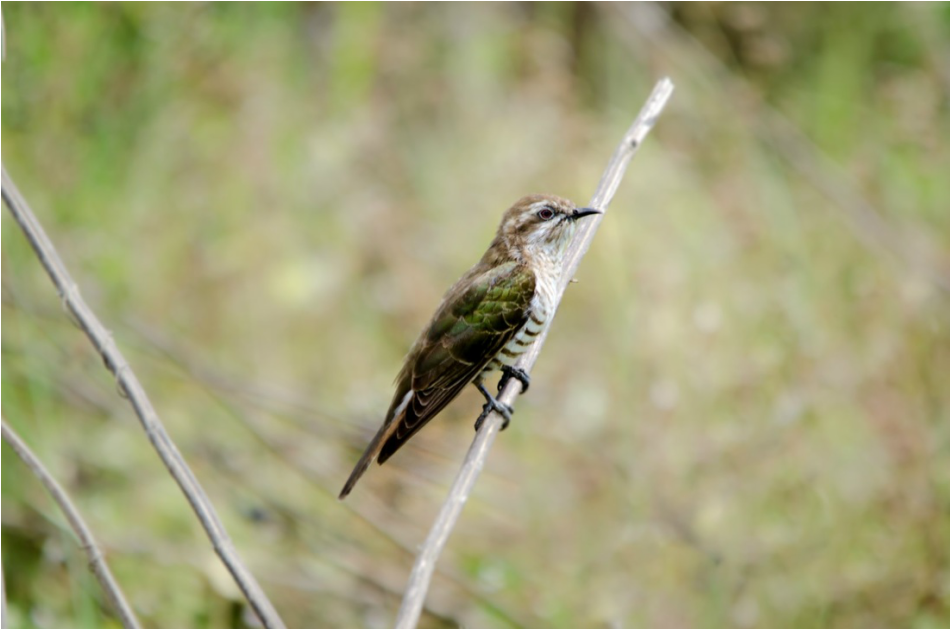Matt Chaumont
- Honours Student, Lab of Animal Ecology, Hawkesbury Institute for the Environment, Western Sydney University
- Topic: Frontline adaptations in Australian reed warblers against a ghost of brood parasitism past
- Supervisors: Dr J. Welbergen, Dr Matthew Berg, A/Prof Naomi Langmore
- Contact: Matt Chaumont
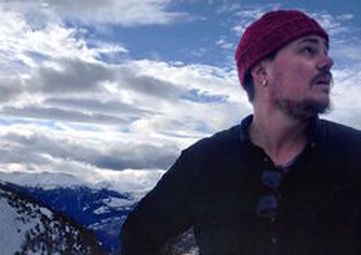 Hiking Parpaner Rothorn - Lenzerheide, CH
Hiking Parpaner Rothorn - Lenzerheide, CH
Bio
I have a minor in psychology and a major in behavioural ecology (BA Science, Monash University), a BA Fine Arts (UWS), and an MA Time and Space from the Academy of Fine Arts (Kuvataideakatemia), Helsinki Finland. At UWS, I received the Golden Key award and membership to the national honors society and more recently received the Hawkesbury Institute for the Environment summer scholarship, along with the HIE BSc (Hons) scholarship. I have also completed 1 year abroad at Uppsala University Sweden, where I completed a Masters level behavioral ecology double credit under Anna Qvarnström. This led to a research assistant role on the Swedish island Öland for Uppsala University, working in the Flycatcher Hybrid zone, where I assisted David Wheatcroft with his Flycatcher playback and cross-fostering experiments. I have also briefly assisted Anastasia Dalziell as a fieldwork assistant in the stunning upper Blue Mountains with her important work on the Superb Lyrebird.
I have a minor in psychology and a major in behavioural ecology (BA Science, Monash University), a BA Fine Arts (UWS), and an MA Time and Space from the Academy of Fine Arts (Kuvataideakatemia), Helsinki Finland. At UWS, I received the Golden Key award and membership to the national honors society and more recently received the Hawkesbury Institute for the Environment summer scholarship, along with the HIE BSc (Hons) scholarship. I have also completed 1 year abroad at Uppsala University Sweden, where I completed a Masters level behavioral ecology double credit under Anna Qvarnström. This led to a research assistant role on the Swedish island Öland for Uppsala University, working in the Flycatcher Hybrid zone, where I assisted David Wheatcroft with his Flycatcher playback and cross-fostering experiments. I have also briefly assisted Anastasia Dalziell as a fieldwork assistant in the stunning upper Blue Mountains with her important work on the Superb Lyrebird.

